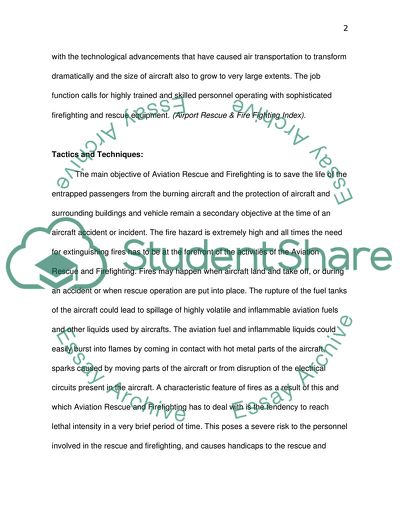Cite this document
(Aviation Rescue and Firefighting Case Study Example | Topics and Well Written Essays - 2000 words, n.d.)
Aviation Rescue and Firefighting Case Study Example | Topics and Well Written Essays - 2000 words. Retrieved from https://studentshare.org/technology/1536618-aviation-rescue-and-fire-fighting
Aviation Rescue and Firefighting Case Study Example | Topics and Well Written Essays - 2000 words. Retrieved from https://studentshare.org/technology/1536618-aviation-rescue-and-fire-fighting
(Aviation Rescue and Firefighting Case Study Example | Topics and Well Written Essays - 2000 Words)
Aviation Rescue and Firefighting Case Study Example | Topics and Well Written Essays - 2000 Words. https://studentshare.org/technology/1536618-aviation-rescue-and-fire-fighting.
Aviation Rescue and Firefighting Case Study Example | Topics and Well Written Essays - 2000 Words. https://studentshare.org/technology/1536618-aviation-rescue-and-fire-fighting.
“Aviation Rescue and Firefighting Case Study Example | Topics and Well Written Essays - 2000 Words”. https://studentshare.org/technology/1536618-aviation-rescue-and-fire-fighting.


